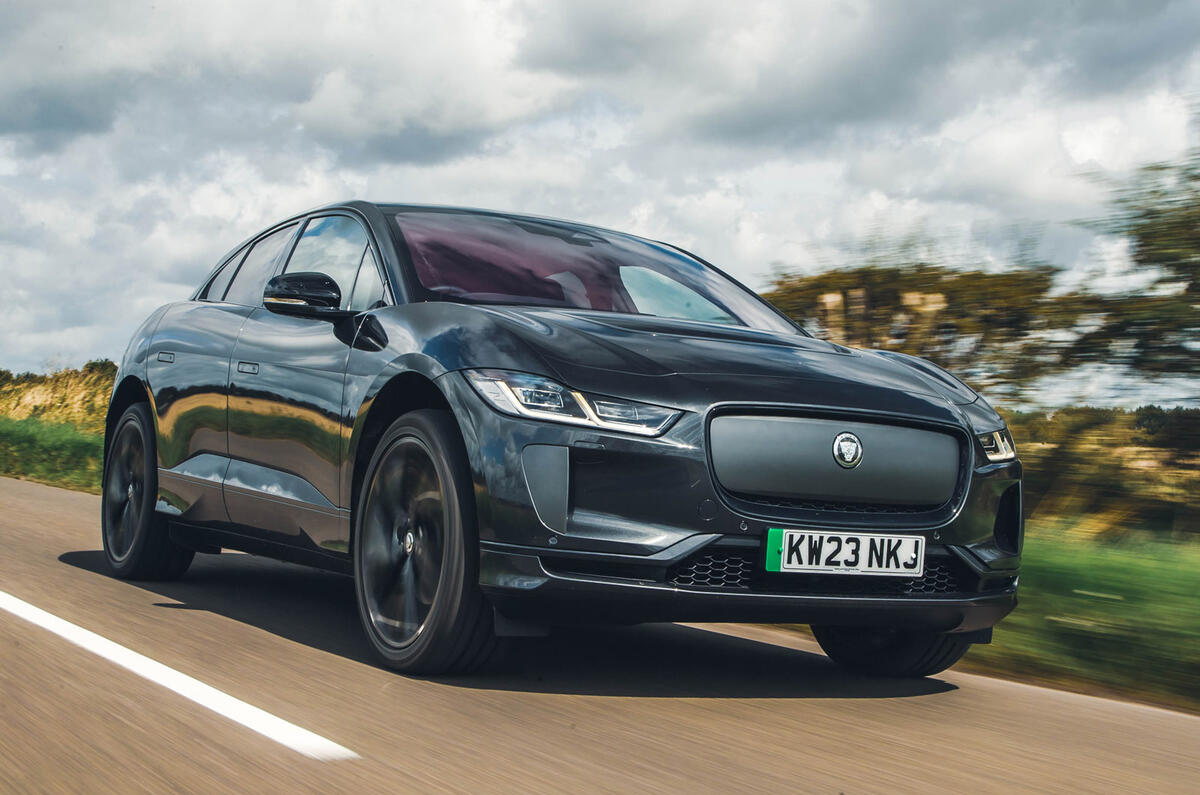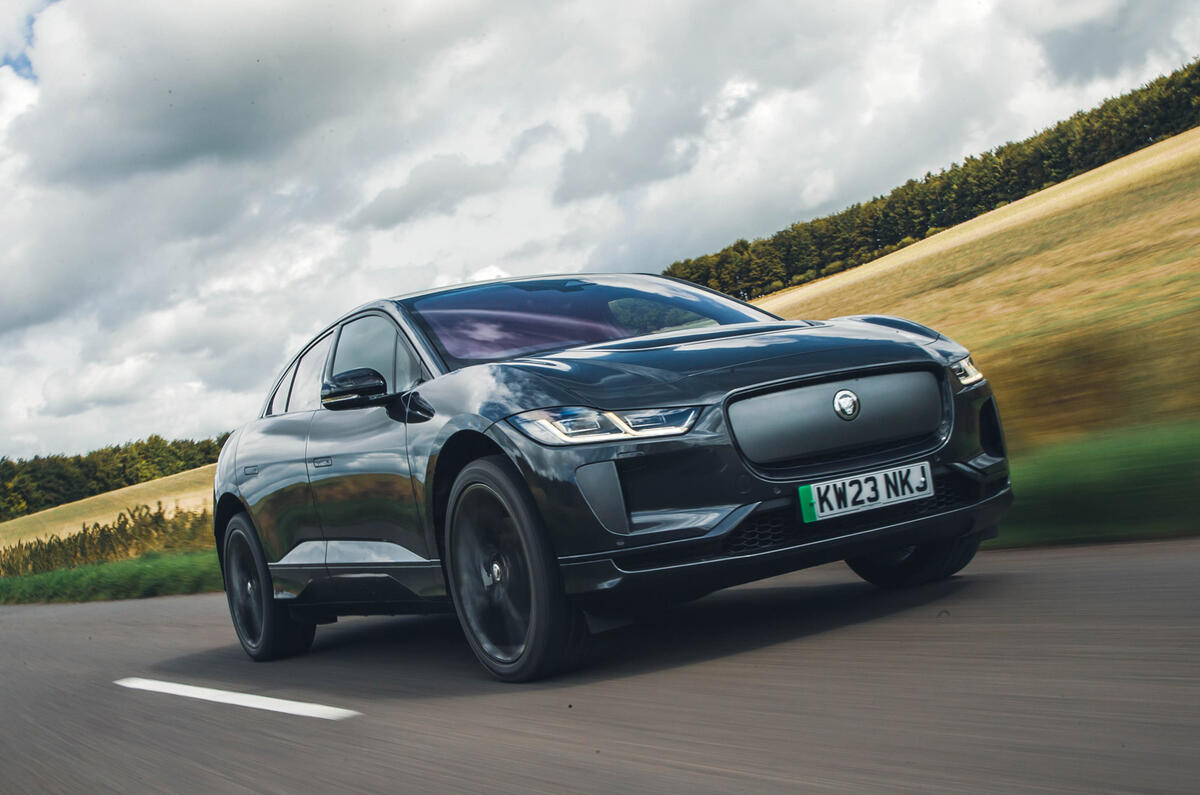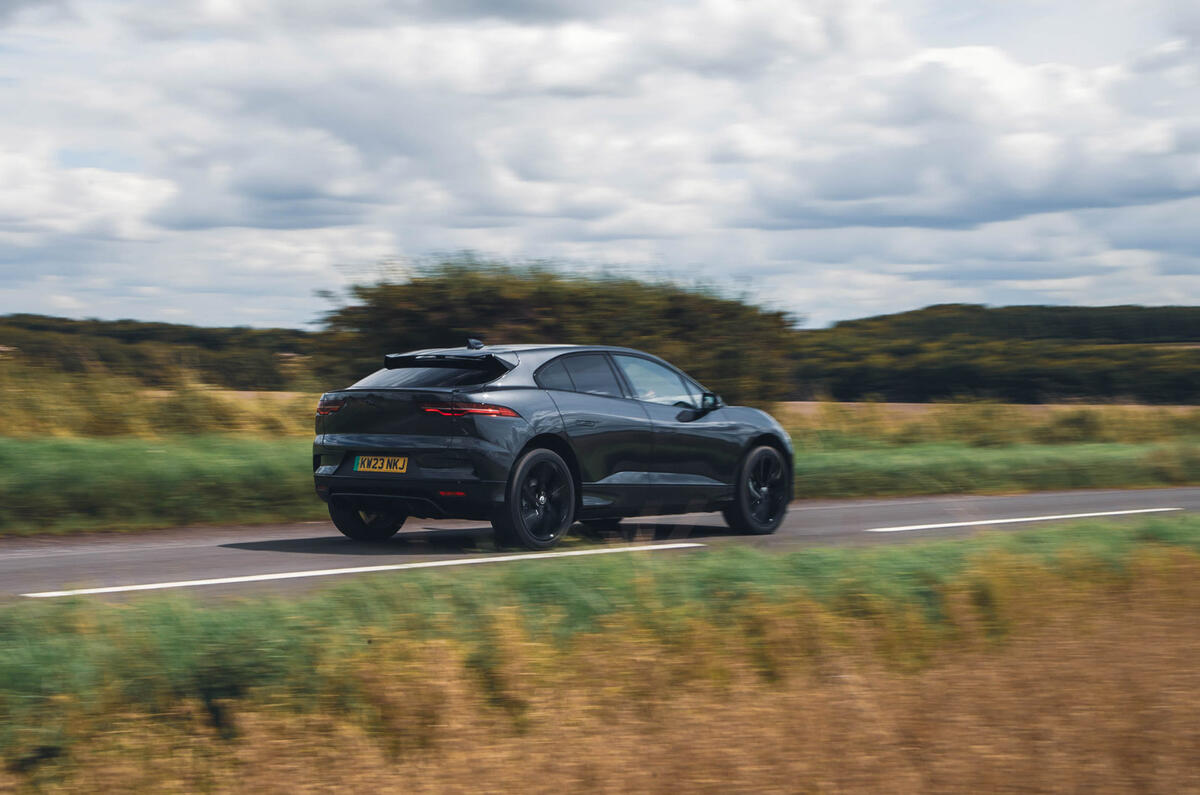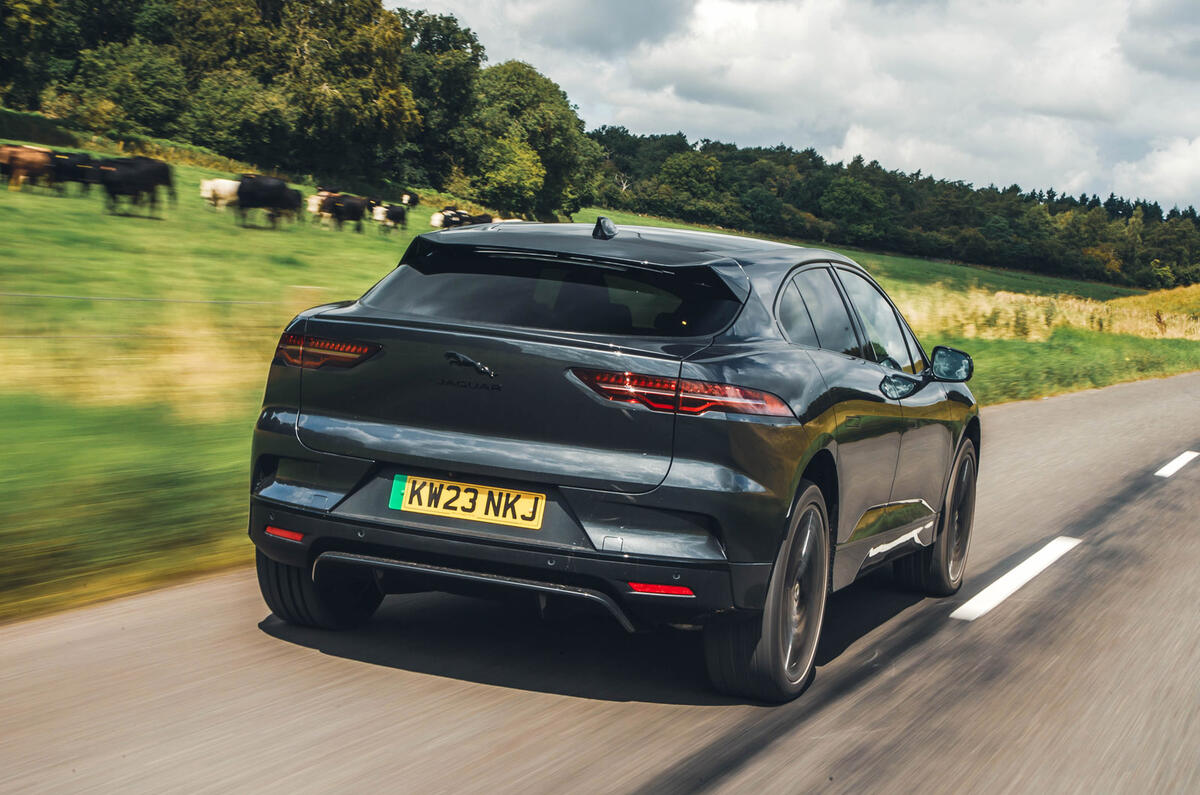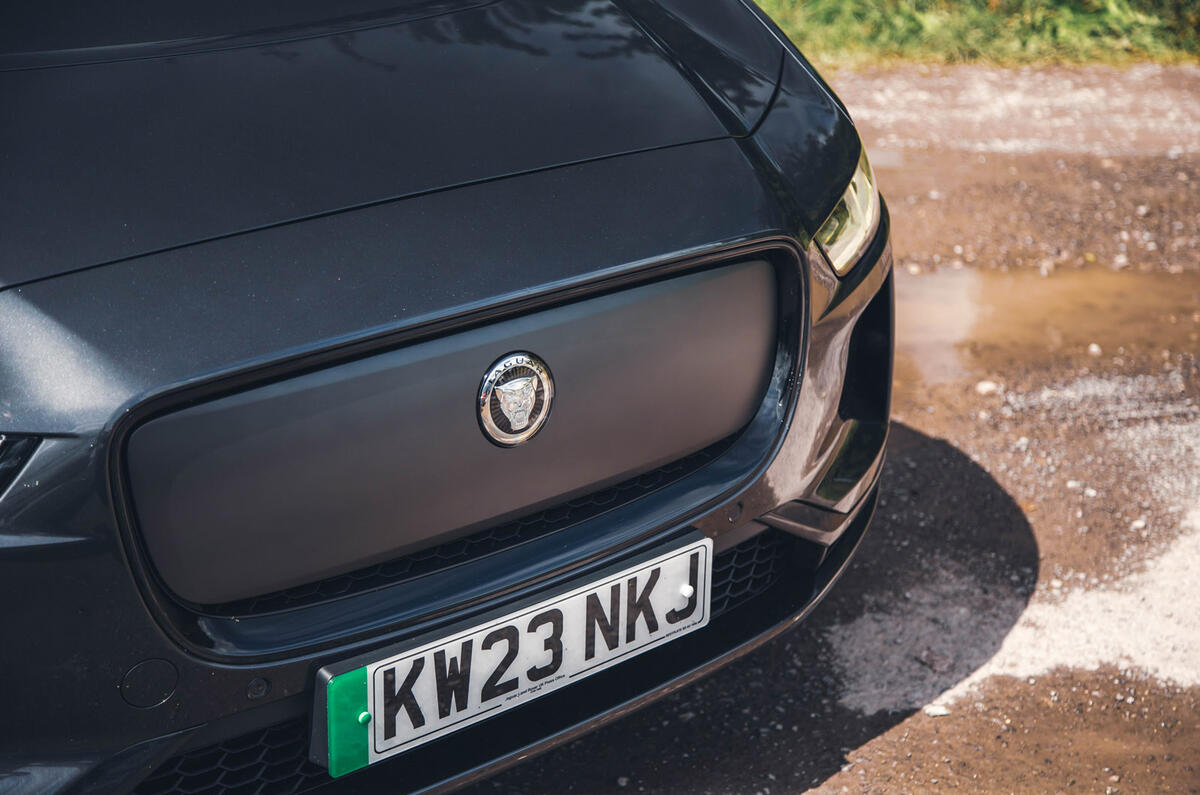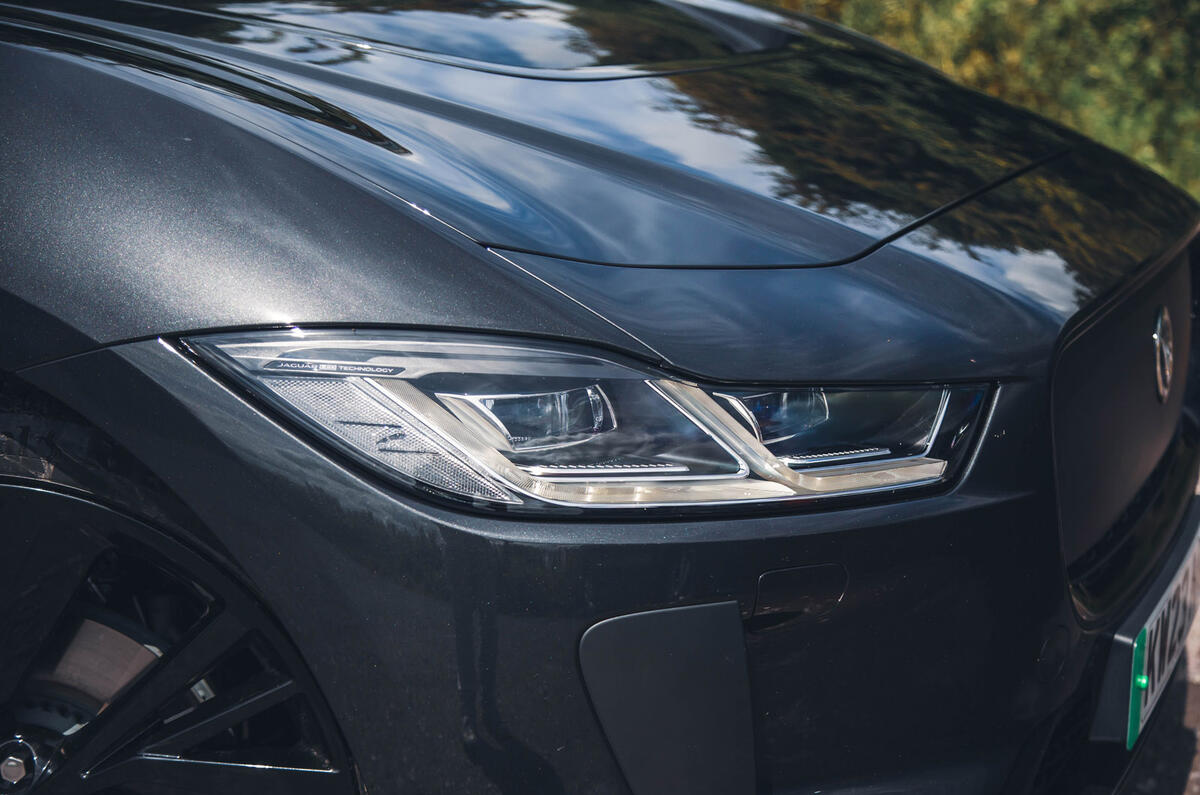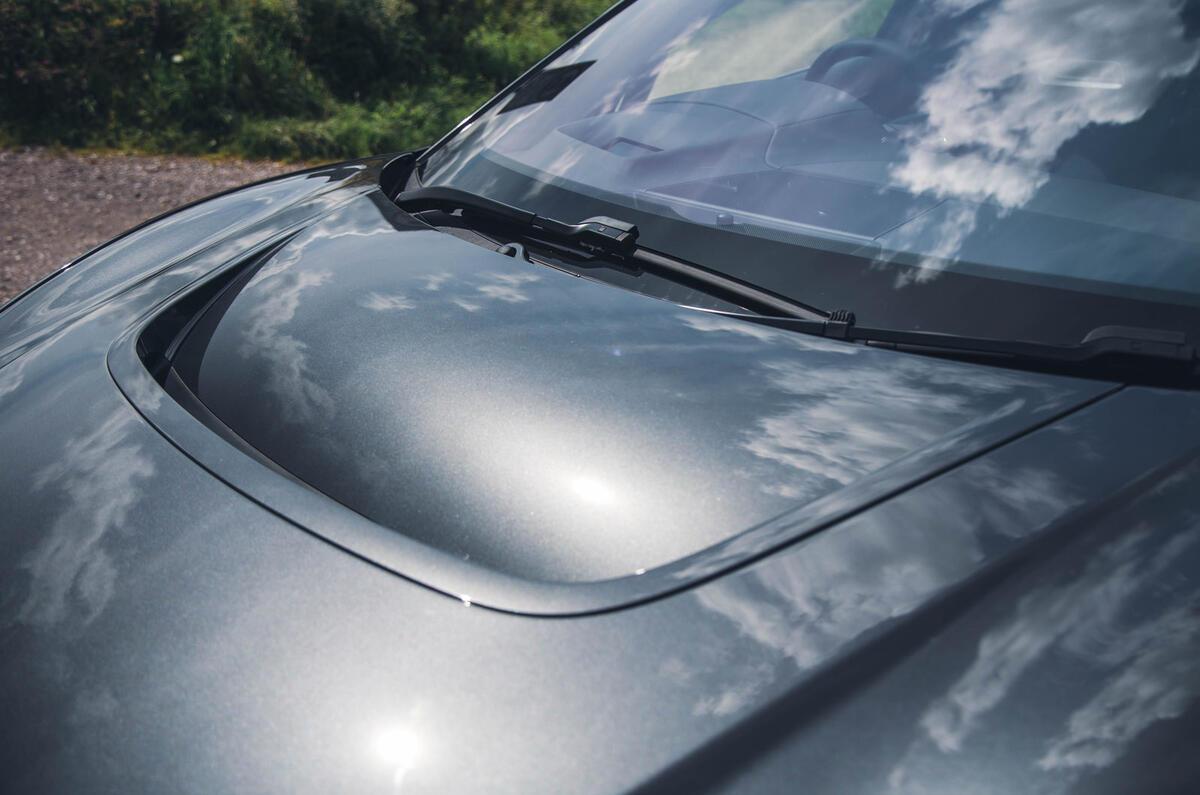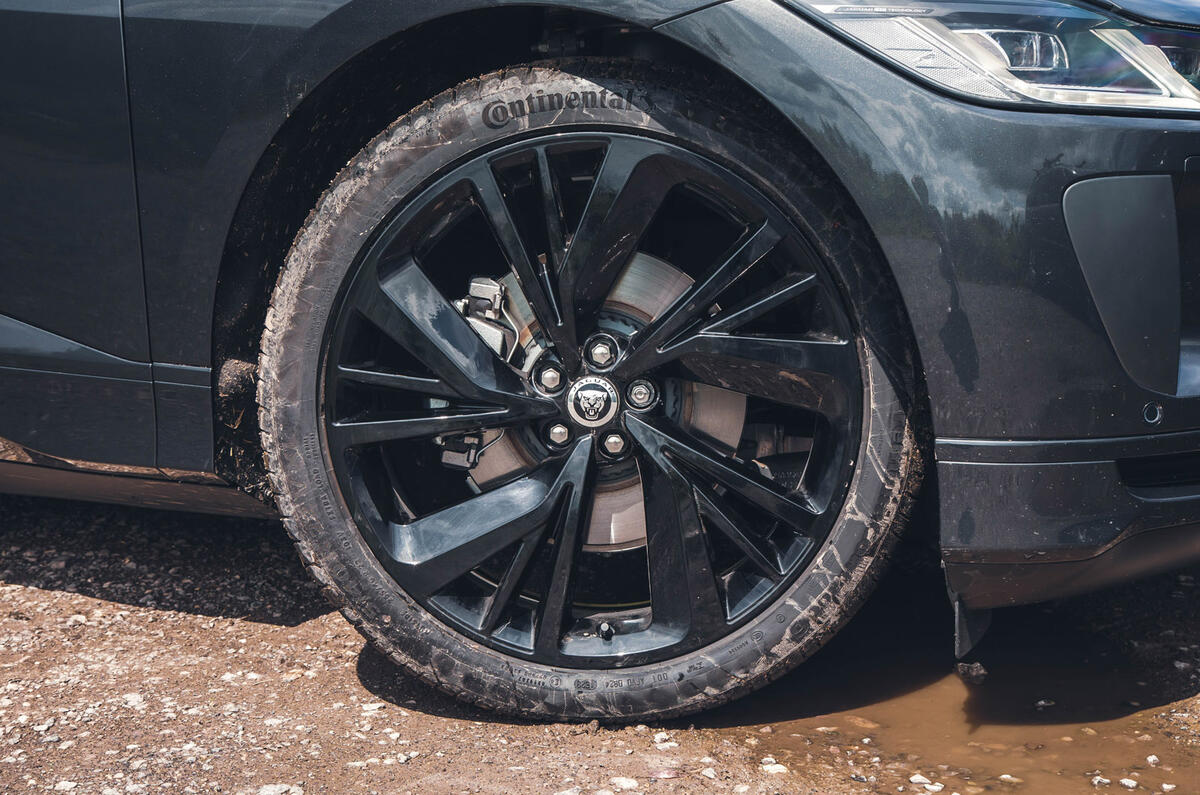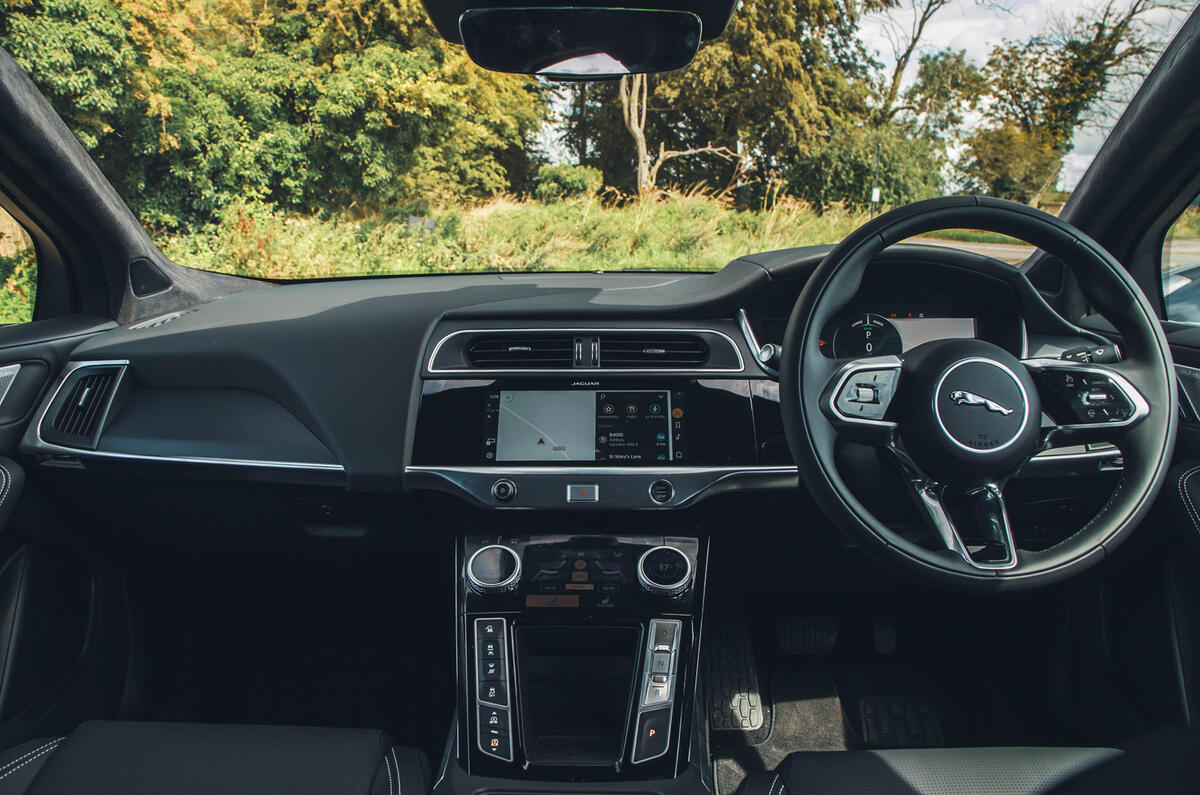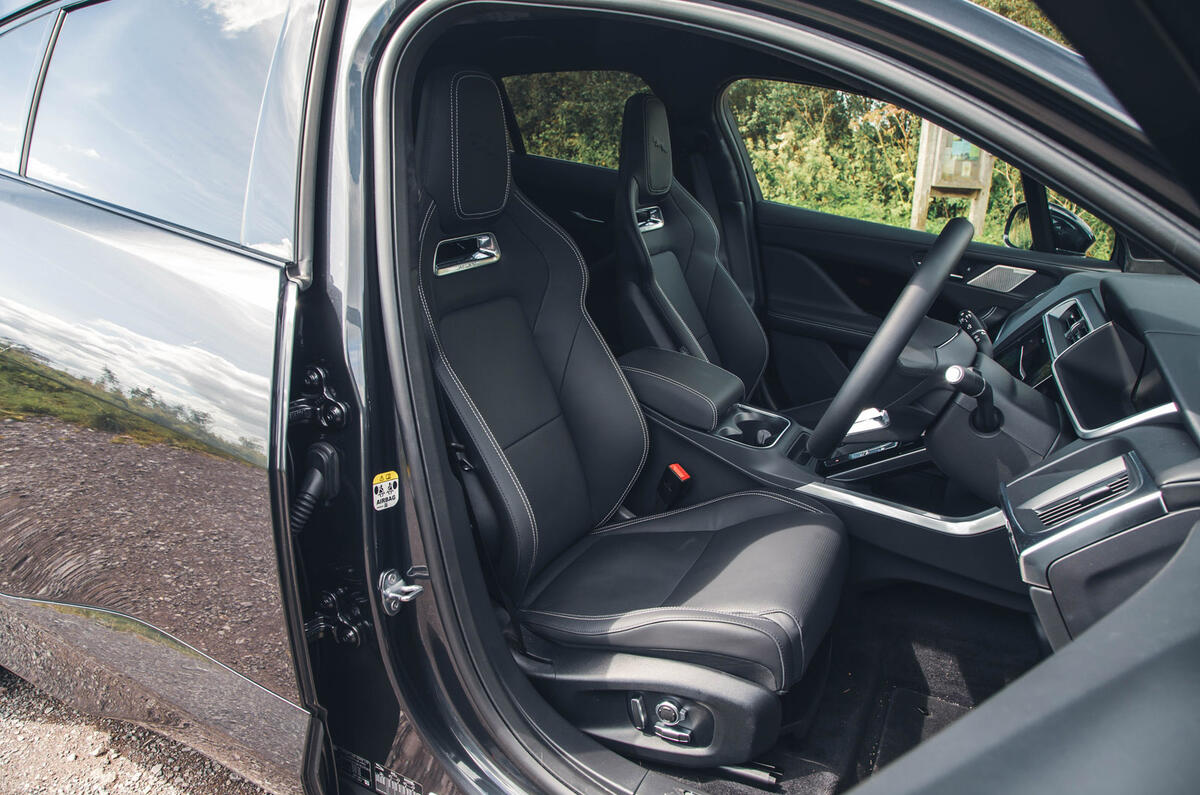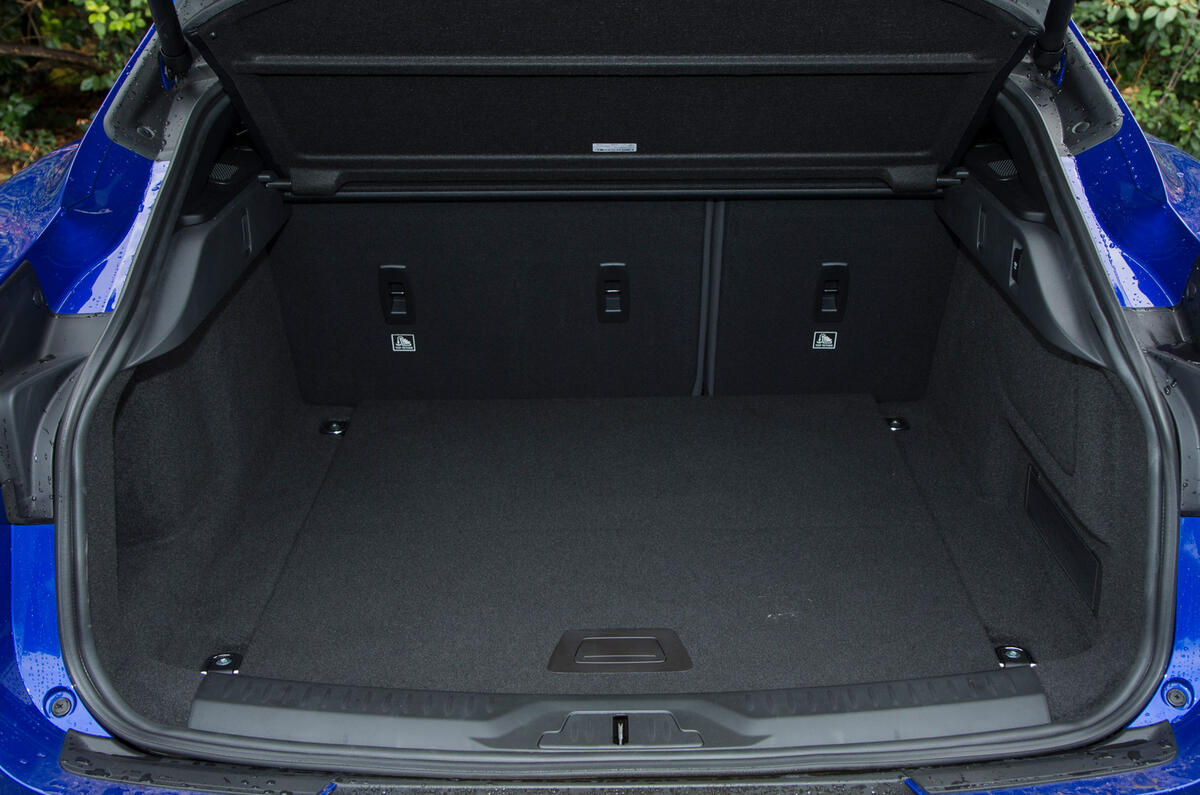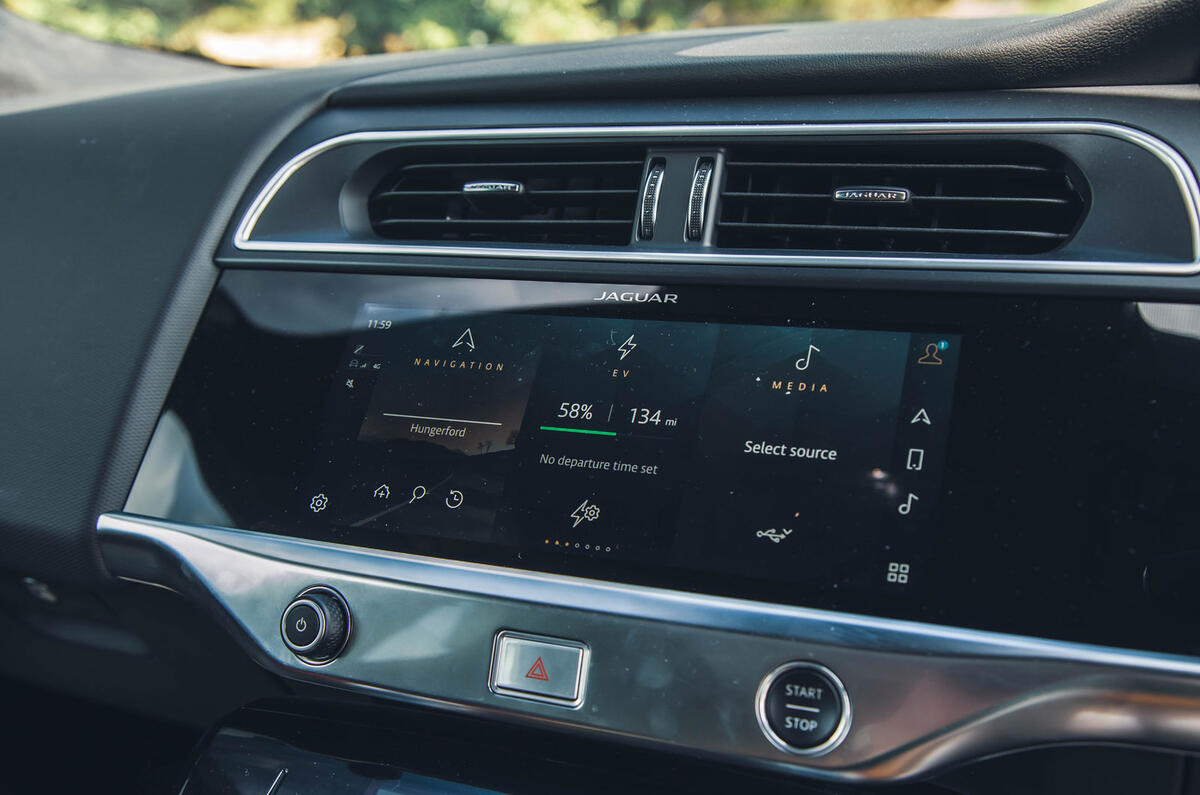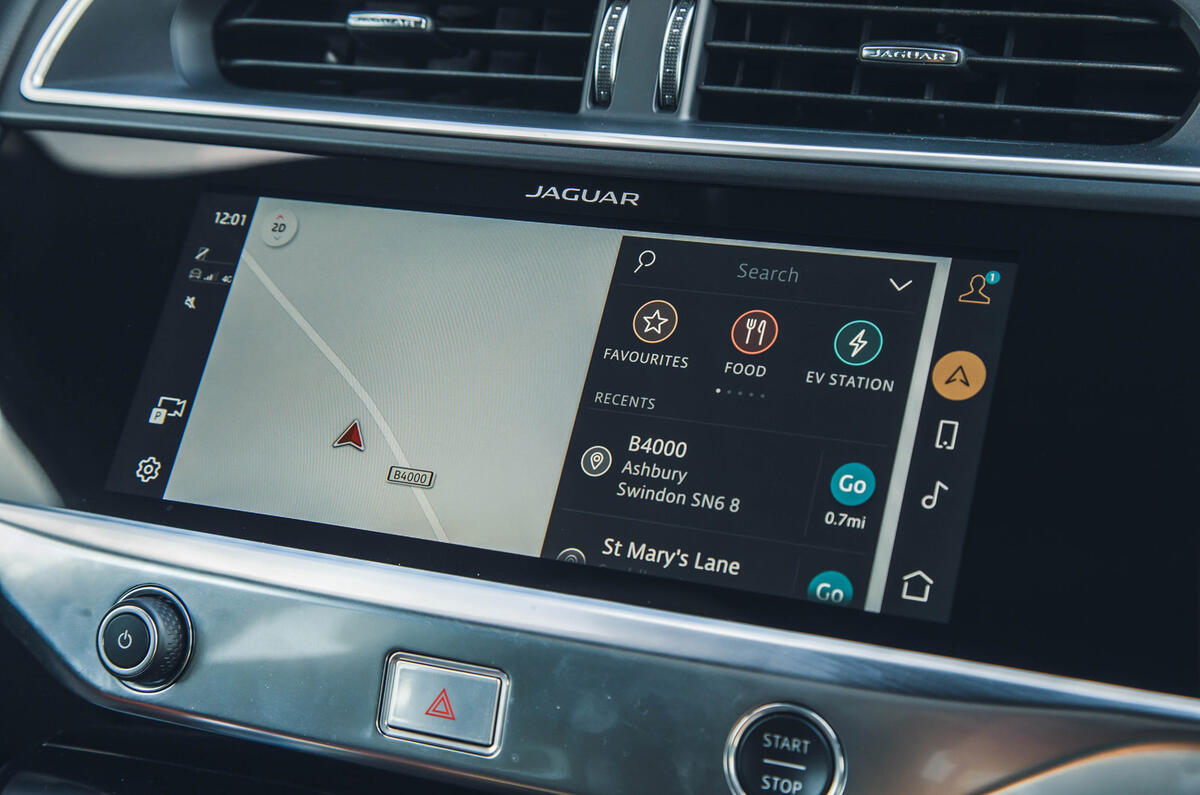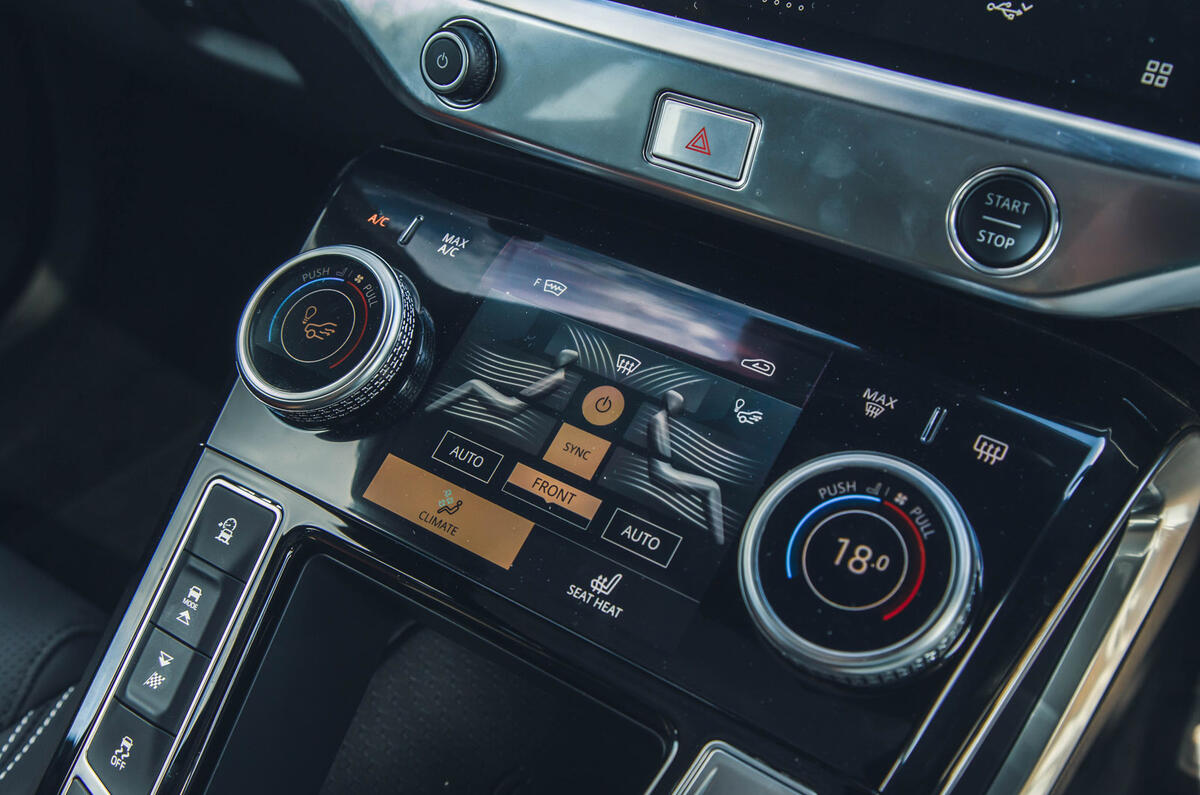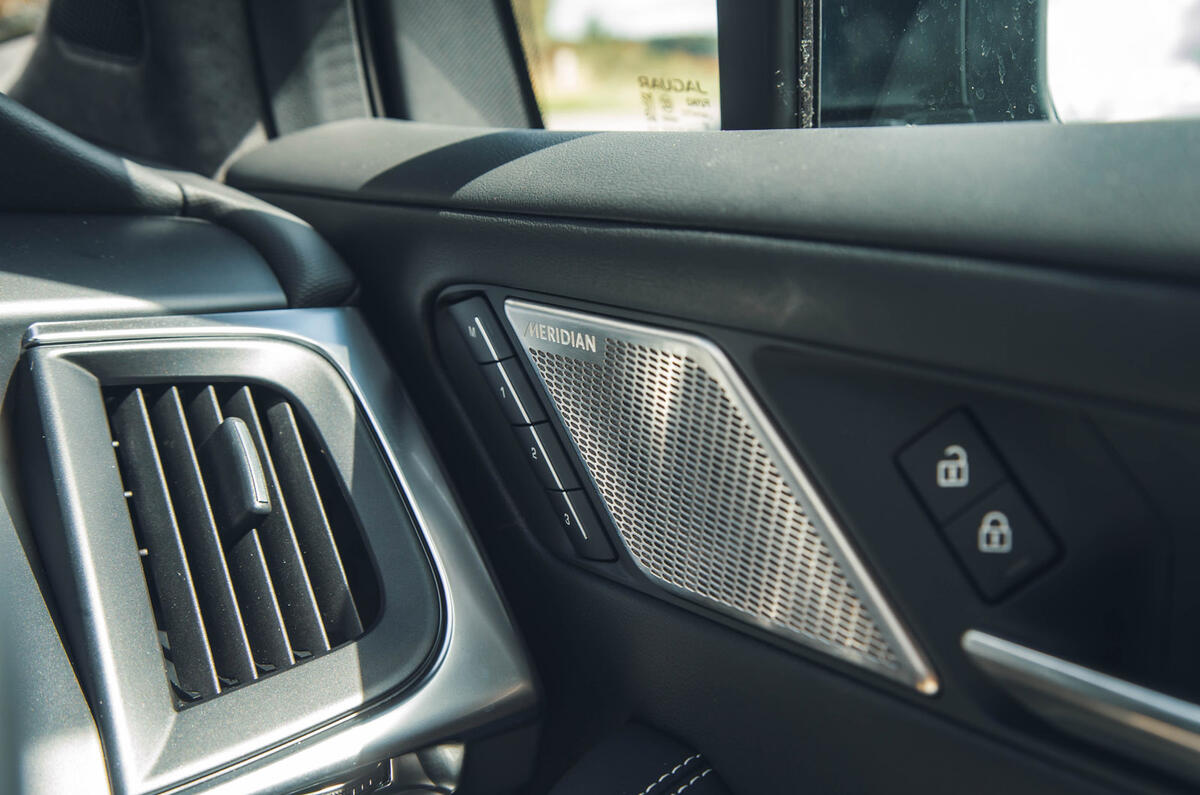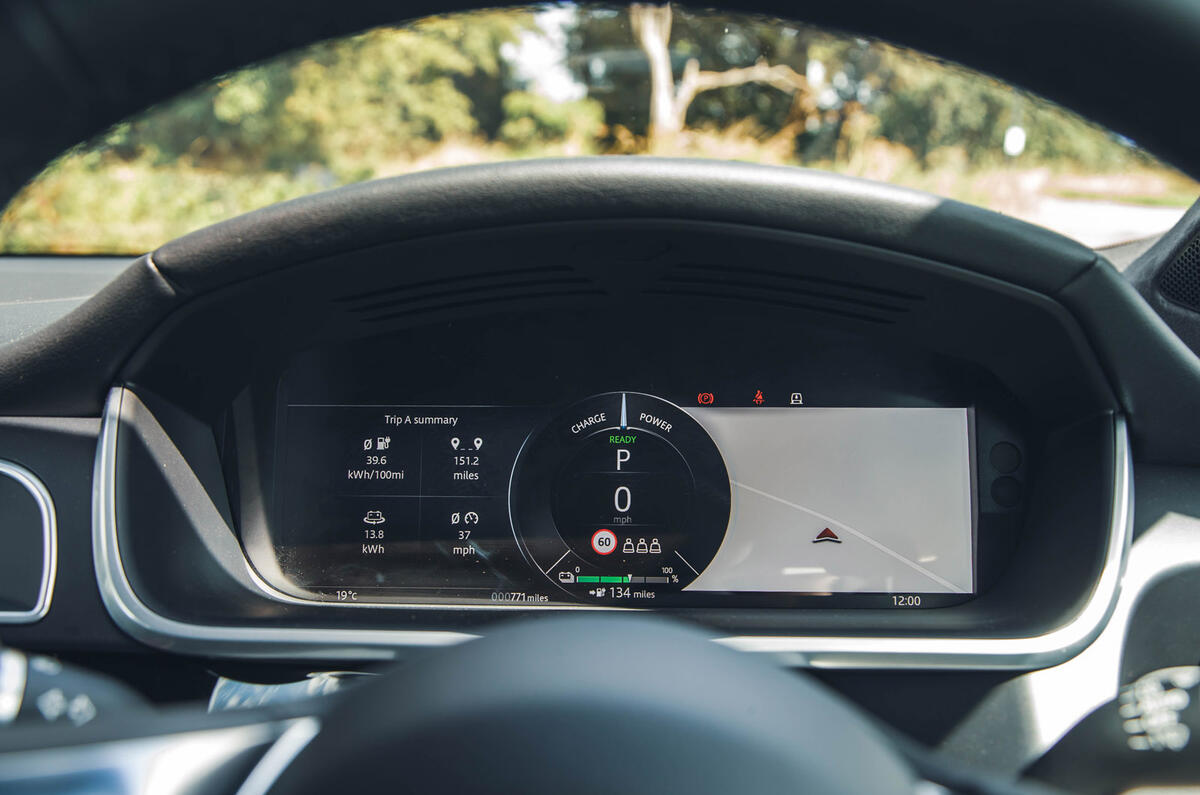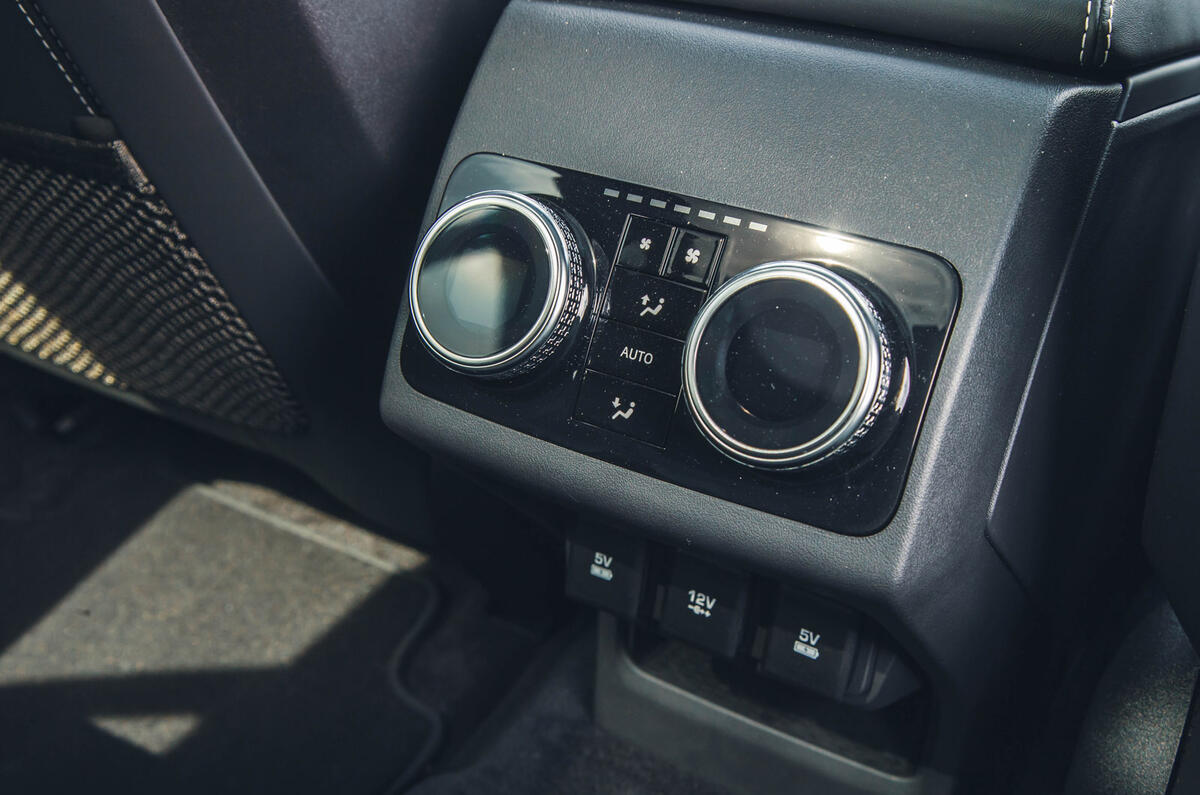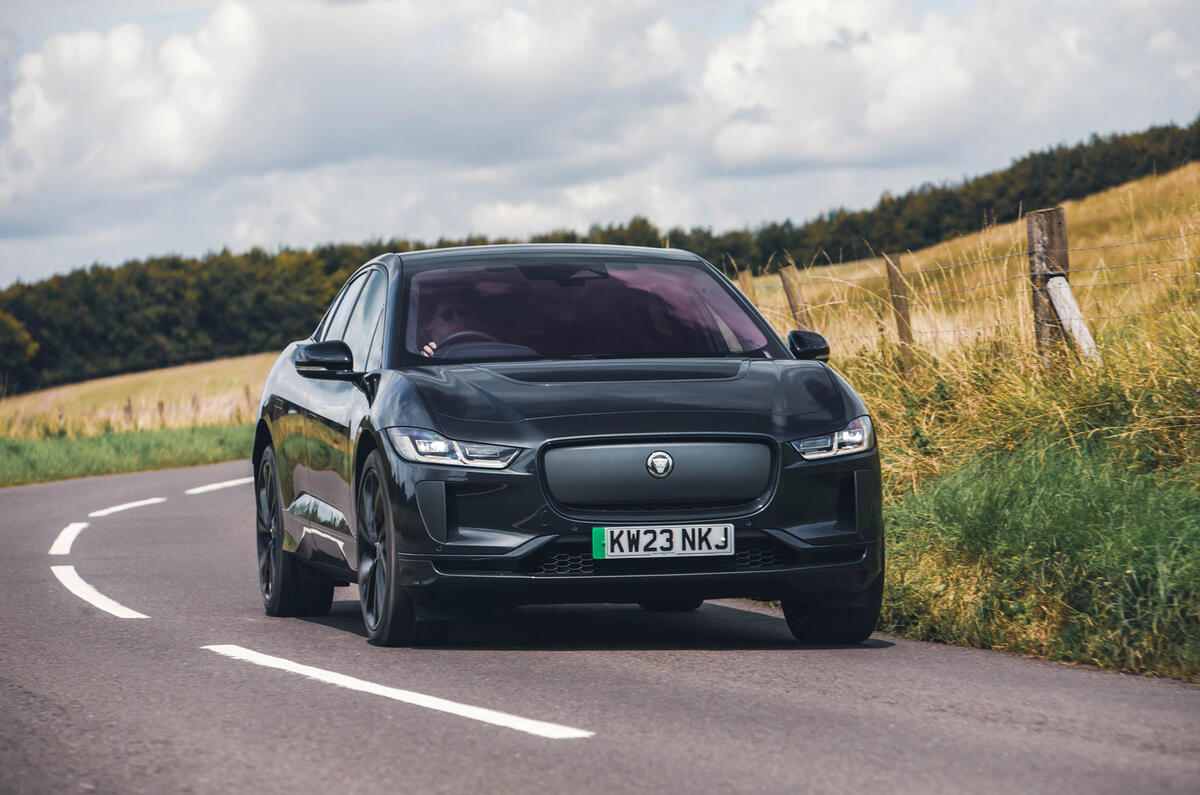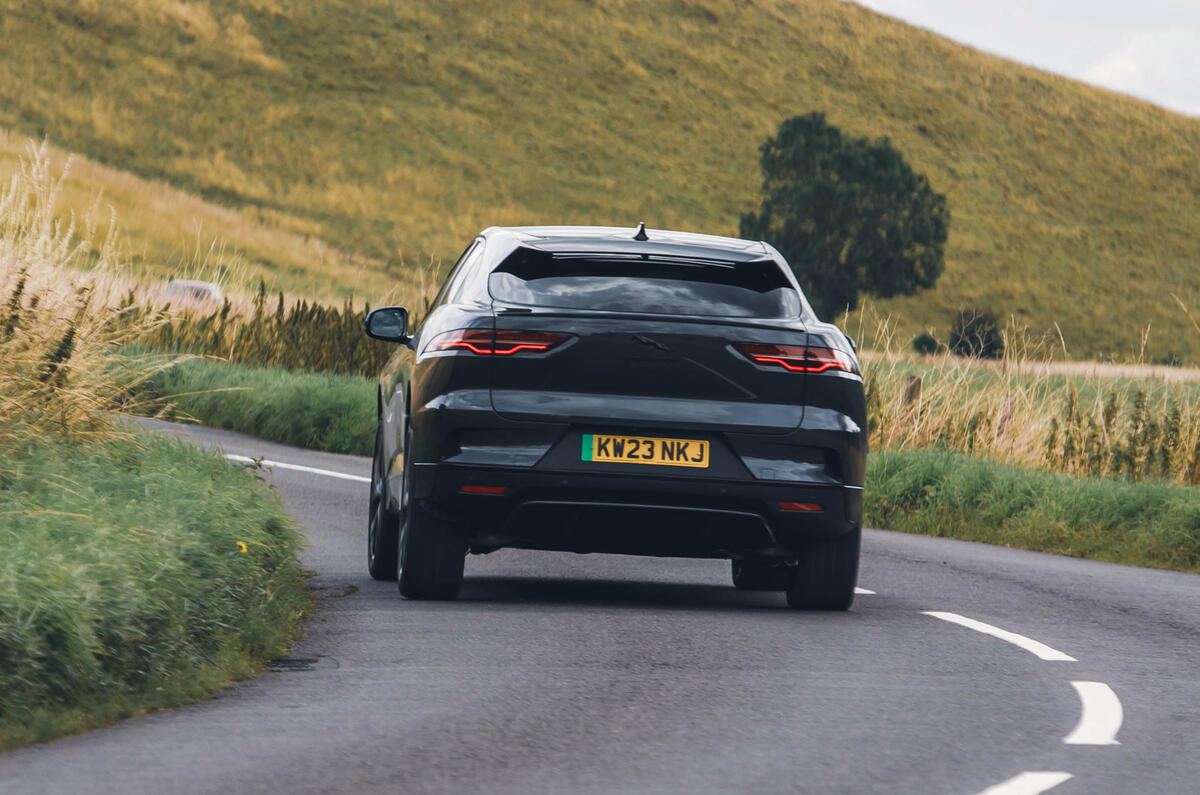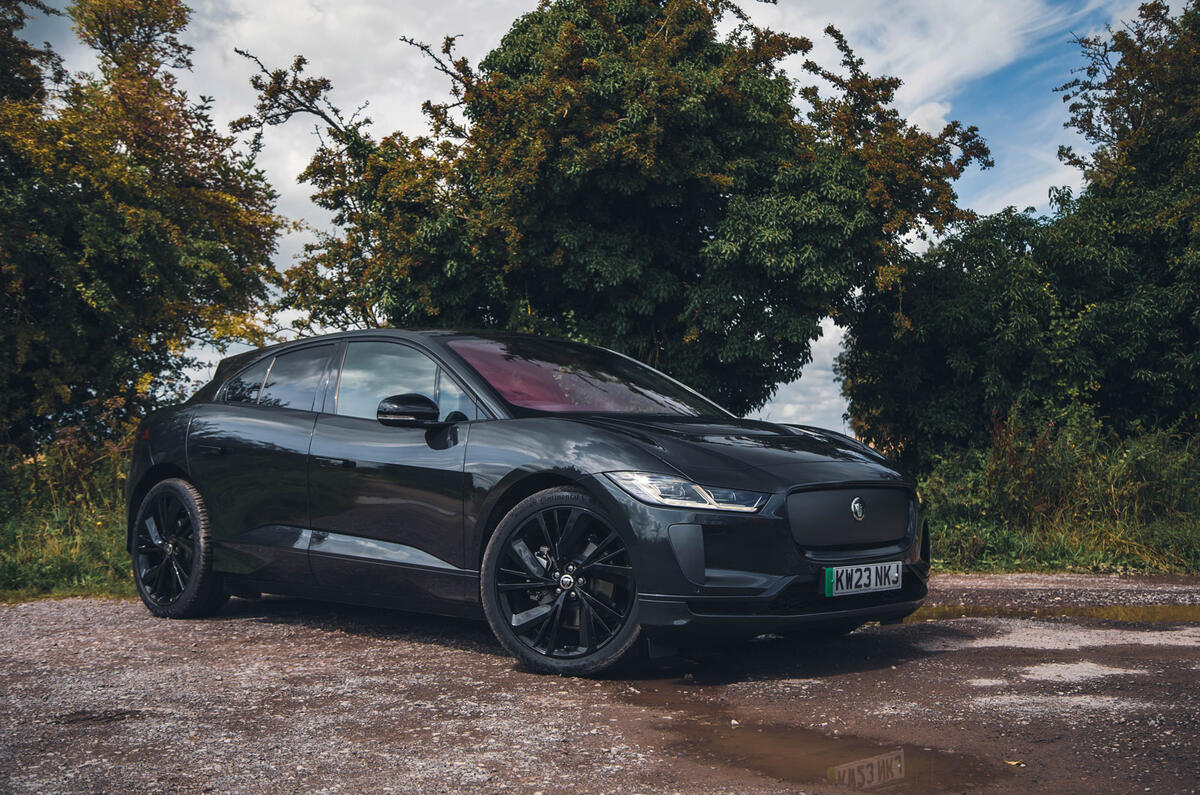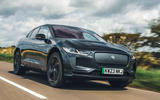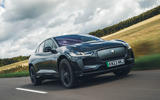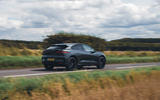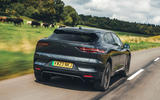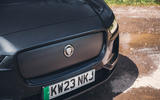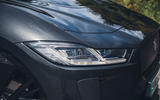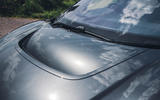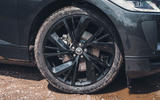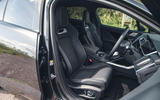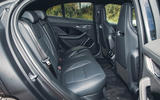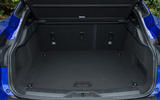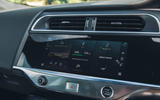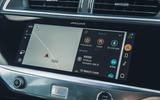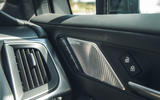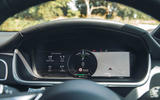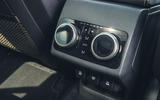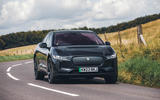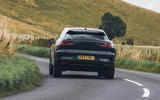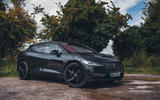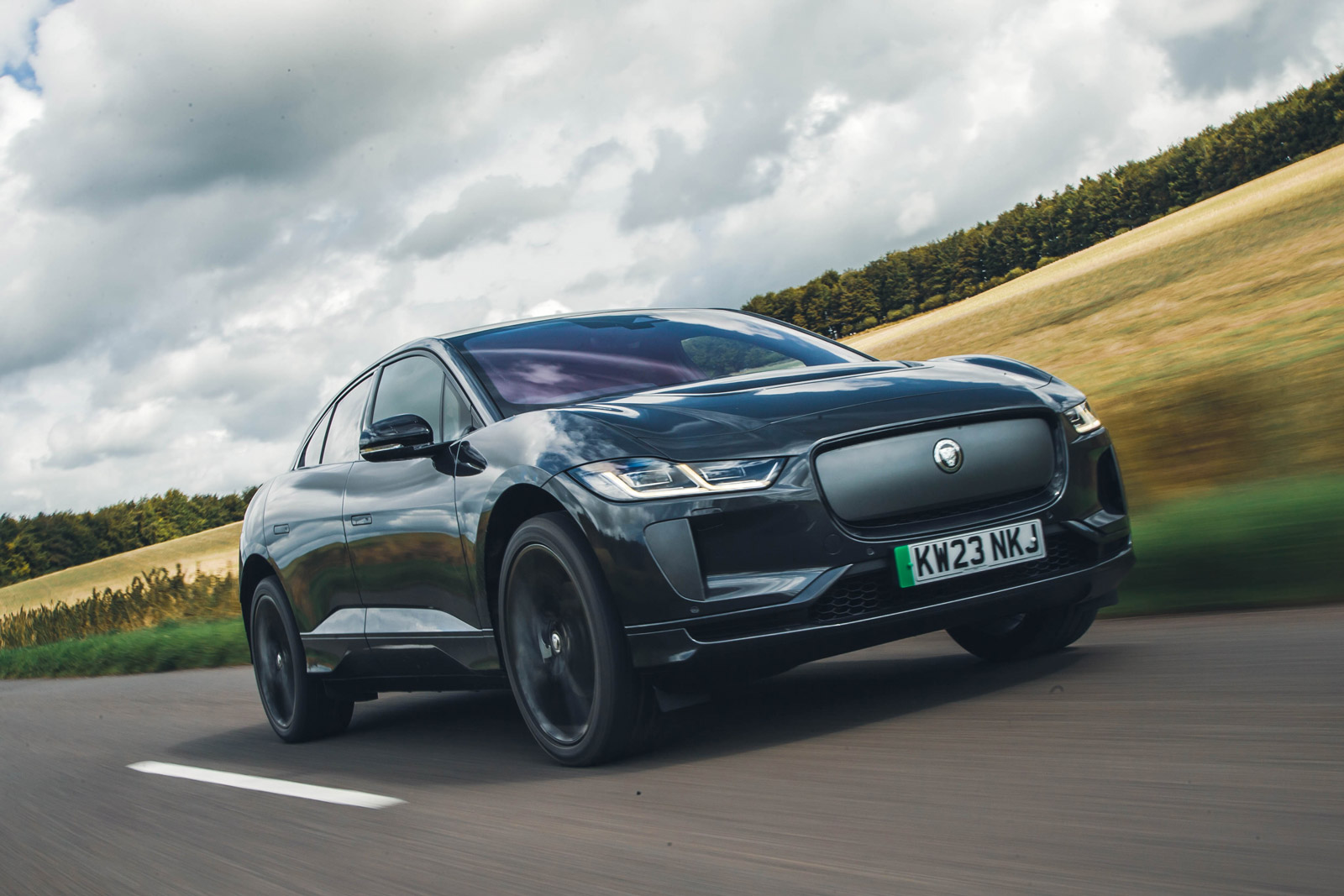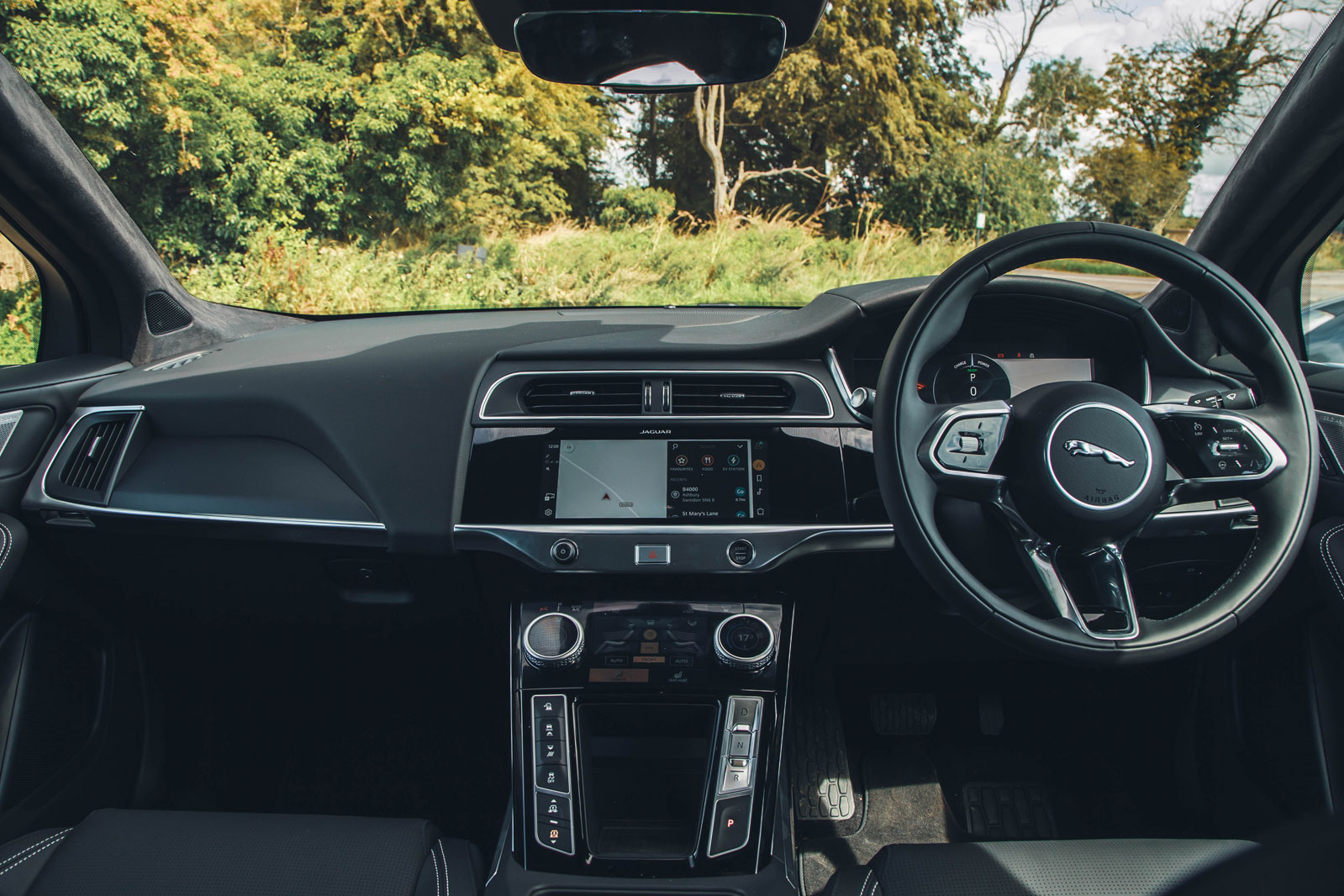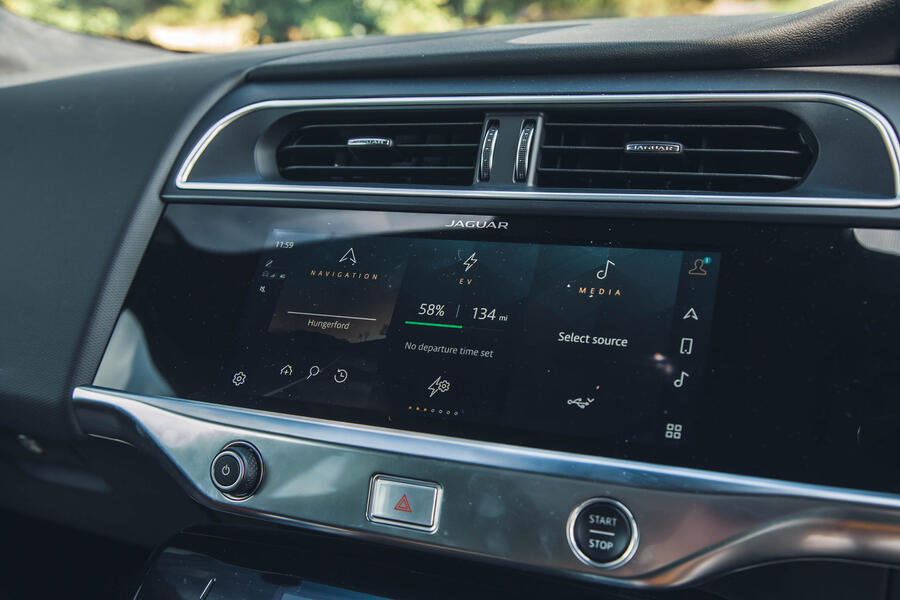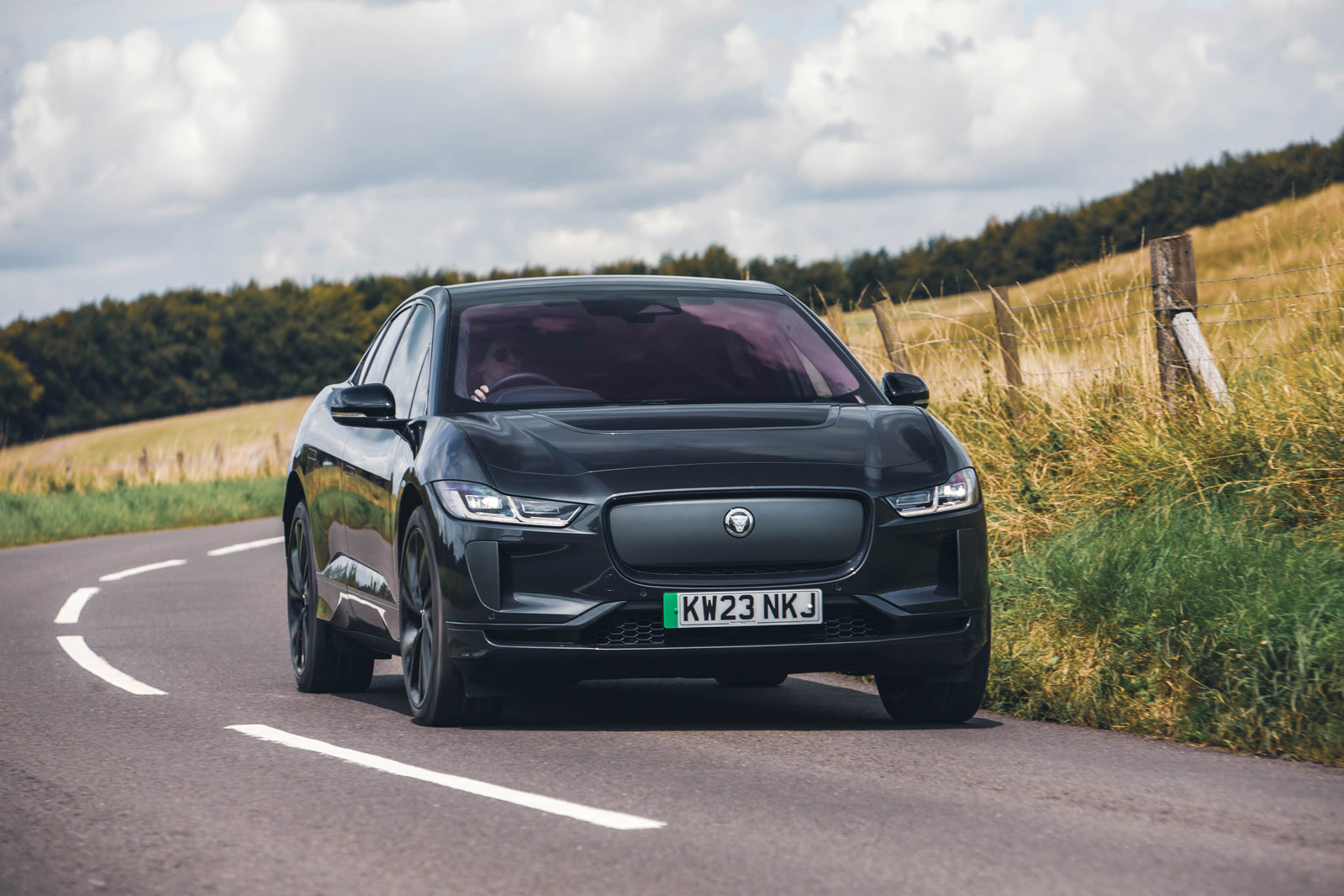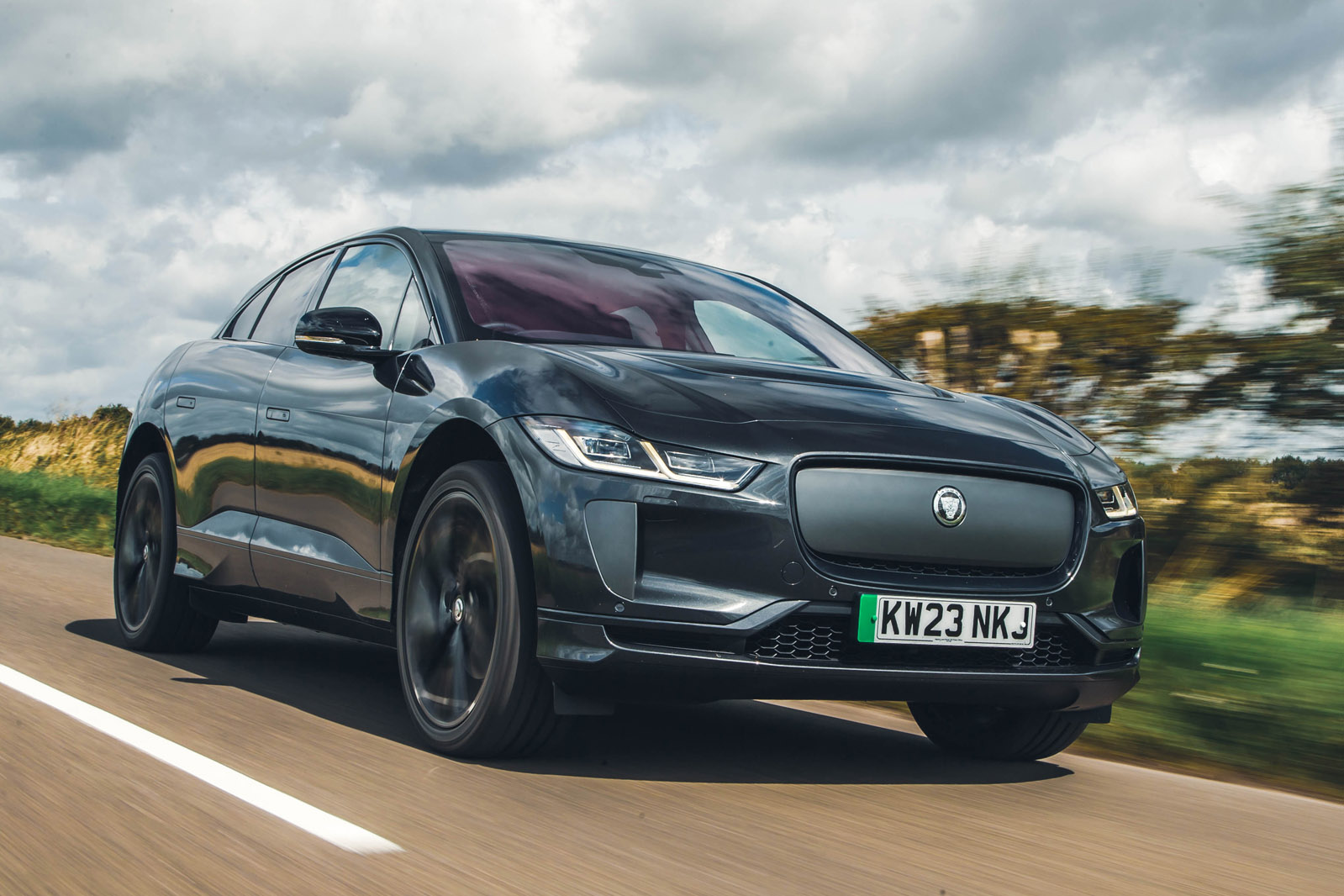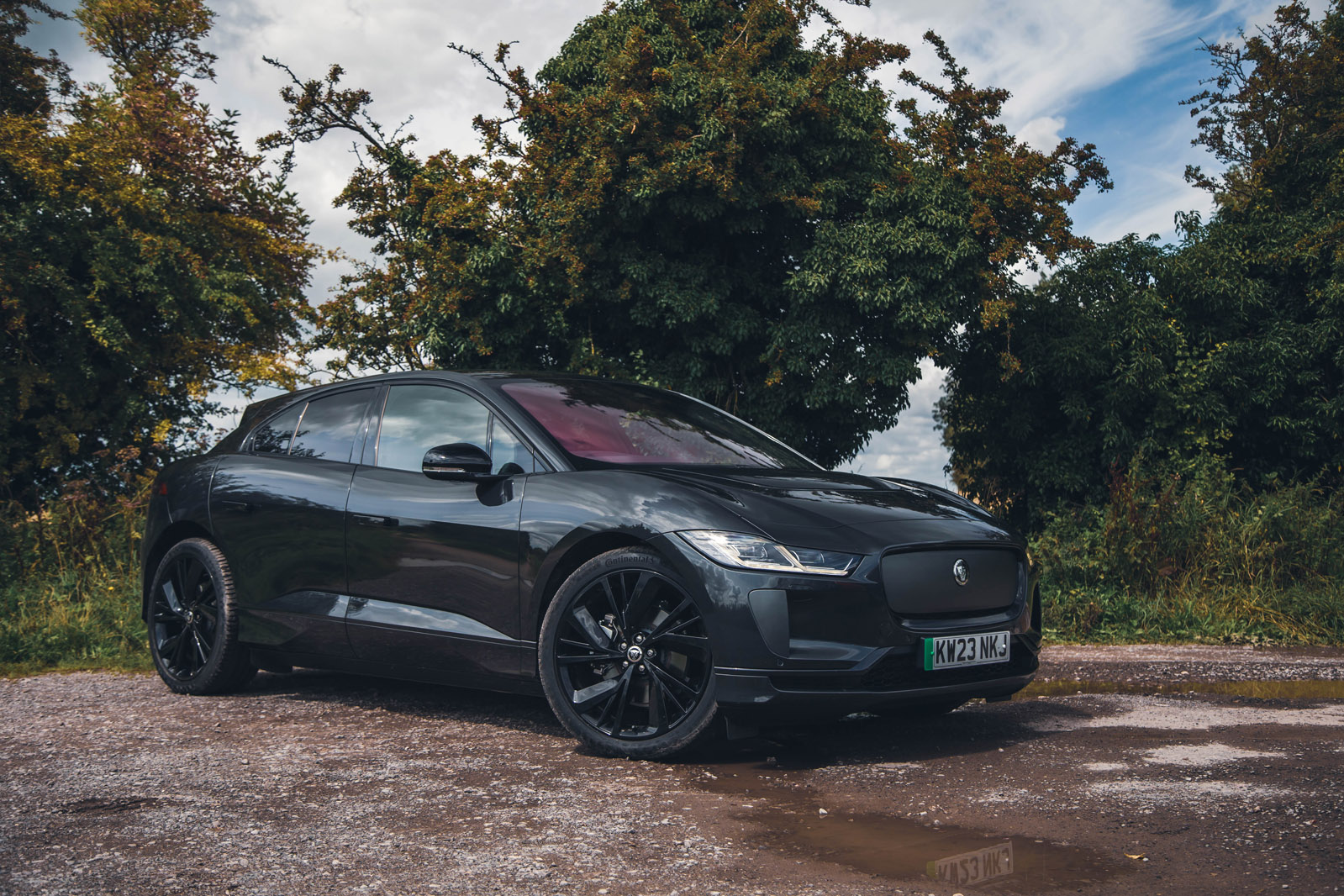Prices of some used EVs have nose-dived in recent years, which means you can get your hands on a premium model for far less than you might think.
So how does a luxurious, comfortable and handsome Jaguar I-Pace sound for less than a new Dacia Spring?
That’s right: you can snap up the British brand’s sleek electric car from as little as £12,000, which is a steal when you consider that when new Jaguar’s first electric car cost as much as £80,000, once a few optional extras had been thrown in.
Under the floor is a 90kWh lithium ion battery that has a claimed WLTP range of up to 292 miles (more than its Audi, Mercedes and Tesla rivals and still competitive today).
Even if that’s more like 200-250 miles in the real world, depending on the conditions and driving style, it should be enough for a week dropping the kids off at school, commuting to work and then an extended motorway trip at the weekend.
The I-Pace’s maximum charging speed of 100kW was fast when new, if slightly lethargic these days, and if you need to top up the battery en route then a 10-80% charge should take 40 minutes or so.
You’ll seldom need to use a public charger if you’ve got a wallbox at home, though: a 7kW charger will replenish the battery while you sleep, and it will be much cheaper.


